Welcome To Latest IND >> Fastest World News
ETimes.in / Updated: Oct 18, 2024, 12:28 IST
AA
Text Size
- Small
- Medium
- Large
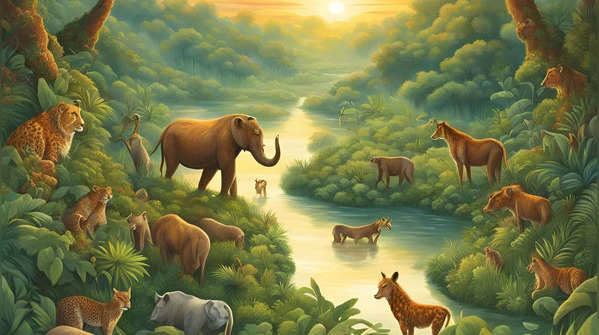
1/16
Animals that keep Earth healthy
Have you ever wondered about how animals keep our planet healthy? Animals, being a significant part of our ecosystem, take on different responsibilities to take care and help our planet in healing and staying healthy. From little bees to humongous elephants, these magnificent creatures perform notable roles in keeping Earth in balance. Plants grow through them; they purify our water and support other wildlife. Here, we have curated a list of such incredible animals and the amazing effect they have in healing our planet. Dive in and read on!
Image credit: Canva AI
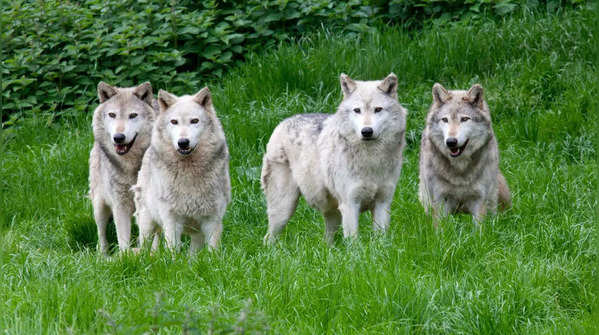
2/16
Wolves
Wolves are known to be dominant predators, denoting that they are positioned at the top of the food chain. By hunting herbivores such as deer, they substantially control overgrazing. This equilibrium state facilitates vegetation to flourish, which consequently supports other wildlife. The existence of wolves can lead to a ‘trophic cascade’, where the effects propagate via the ecosystem, encouraging healthier ecosystems and biodiversity. For instance, healthier plant populations can supply better habitats for smaller mammals and birds.
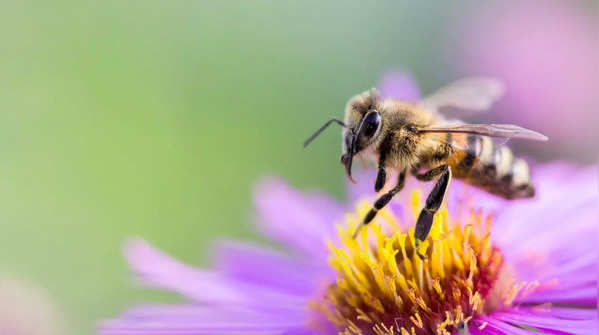
3/16
Bees
Bees are major pollinators for about one-third of our food, including vegetables, fruits, and nuts. They facilitate pollen distribution from one flower to another, enabling plant reproduction. This procedure not only encourages and supports agriculture but also fosters biodiversity. When the bee population decreases, several plants face difficulty reproducing, leading to a substantial reduction in food availability and habitat degradation for other species.
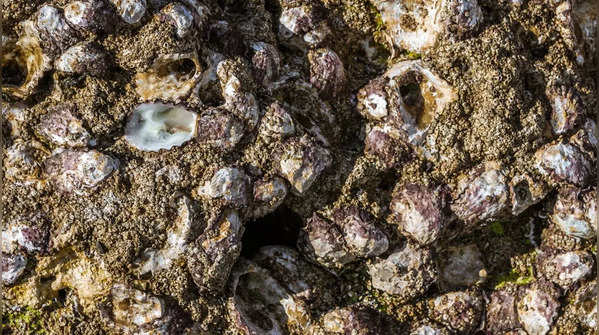
4/16
Oysters
Did you know that oysters are also renowned as filter feeders? They clean water as they feed! It is known that a single oyster can filter an approximate amount of 50 gallons of water a day, eliminating pollutants while also significantly enhancing water quality. Oyster reefs offer indispensable habitats for many marine species, facilitating biodiversity and fisheries. Moreover, these reefs function as environmental barriers, lowering coastal degradation and shielding the waterfront from storm-related damage.
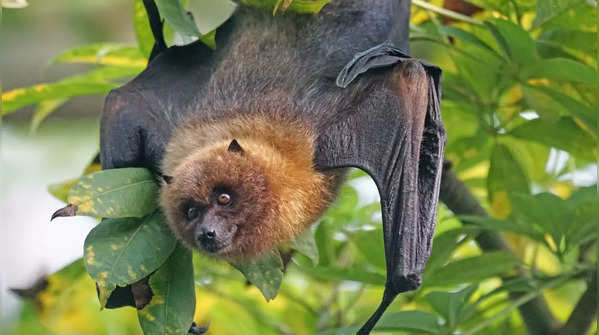
5/16
Bats
Bats are known to be remarkable at keeping insect populations in check, considering several species nourish themselves with massive amounts of pests such as agricultural insects and mosquitoes. This biological pest control lowers the requirement for chemical pesticides, fostering flourishing ecosystems. Moreover, some bat varieties are vital pollinators for specific plants and fruits, aiding in biodiversity and plant reproduction.
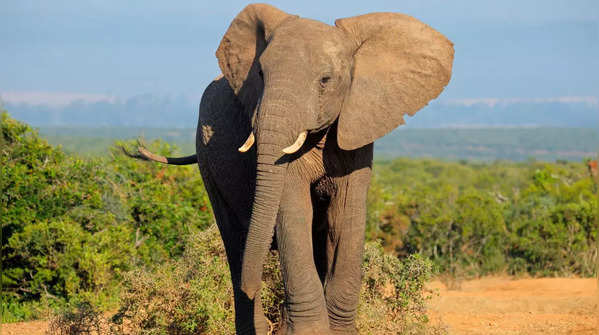
6/16
Elephants
Elephants are renowned by a unique name- – ecosystem engineers for a reason. It is known that their activities can significantly alter the environment. For example, it may topple trees, clear large patches in dense forests, and allow sunlight to grow new plants on the sunlit forest floor. They also aid in seed dispersal by eating fruits and then depositing seeds elsewhere when they move about. This helps support different plant populations and fosters multiple habitats.
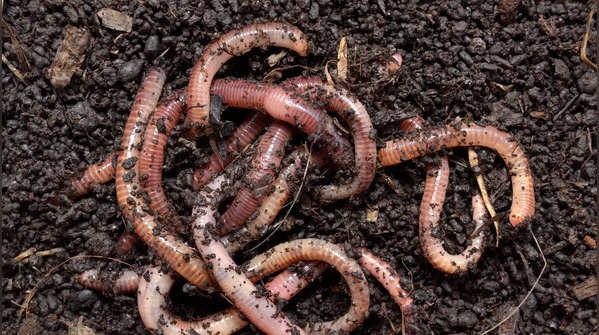
7/16
Earthworms
Earthworms are known to be immensely important for maintaining healthy ecosystems in the soil. They tunnel through the soil, aerating it and improving its infiltration and root development. When consuming dead leaves, they break this organic matter down into nutrient-rich manure that significantly increases soil fertility, ultimately resulting in healthier plants and higher productivity in agriculture.
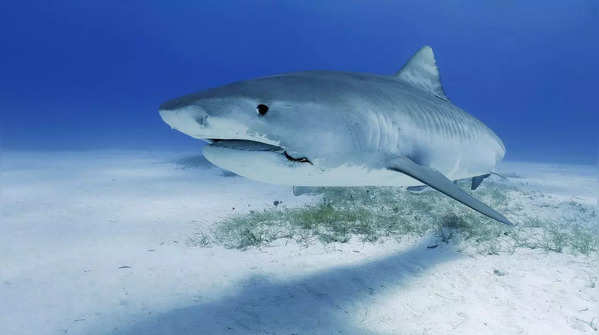
8/16
Sharks
Sharks are apex predators within marine ecosystems, known to play an important role in maintaining ocean health. By regulating the population sizes of smaller fish and marine mammals, sharks prevent one species from dominating the ecosystem. This balance is crucial for coral reef health and marine habitat biodiversity. Healthy shark populations contribute to resilience in ecosystems that better survive environmental change.
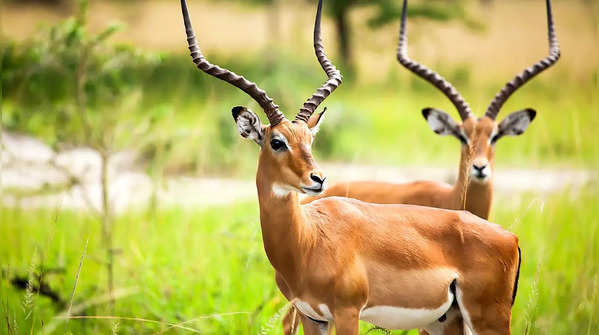
9/16
Antelopes
Grazing antelope or antelopes play a substantial role in contributing to grassland ecosystems. Their grazing behaviour opposes grasses from overgrowing and creates diversity since antelopes eat different species of grasses. The dispersal of seeds is promoted when they pass across different areas, particularly through attaching to their fur or passing through digestive systems.
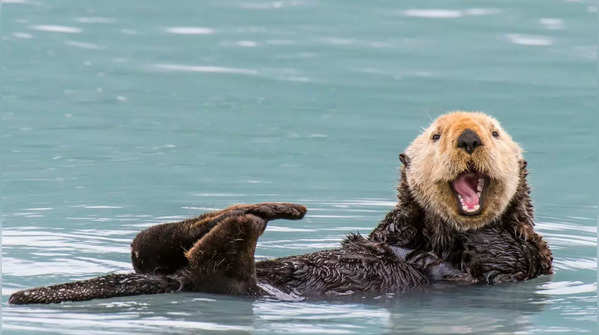
10/16
Sea otters
Sea otters are vital in maintaining ocean health, particularly in kelp forest ecosystems. They help control sea urchin populations, preventing these creatures from overgrazing and destroying kelp forests. These forests are essential as they absorb large amounts of carbon dioxide, act as natural carbon sinks, and provide shelter and food for many marine species. By preserving kelp forests, sea otters not only contribute to reducing greenhouse gases but also enhance marine biodiversity, making them crucial species for the balance and health of the ocean environment.
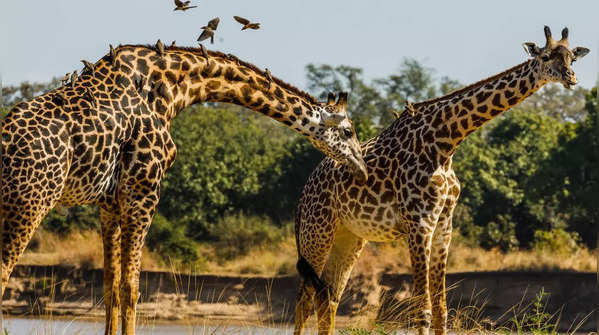
11/16
Giraffes
Giraffes help maintain the balance of African ecosystems in several important ways. They eat leaves from tall trees, preventing these trees from growing too dense and allowing sunlight to reach the plants below. By eating and moving across large areas, they also spread seeds through their droppings, helping new plants grow and increasing biodiversity. Additionally, giraffes create pathways as they move, making it easier for smaller animals to navigate through vegetation. Their role as prey supports predators like lions, contributing to a balanced ecosystem where both plant and animal life thrive.
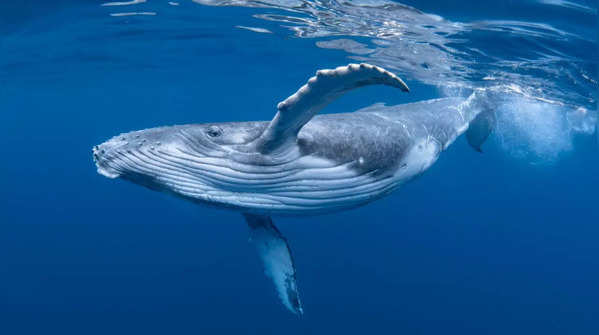
12/16
Whales
Whales help marine ecosystems by moving nutrients from deep waters to the surface when they come up to breathe. This helps plankton grow, which is important because plankton absorbs a lot of carbon dioxide. By doing this, whales indirectly help regulate the Earth’s climate.
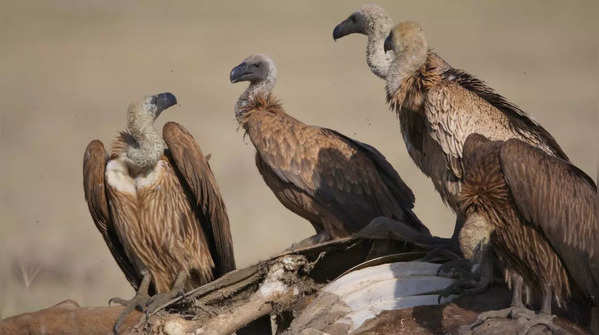
13/16
Vultures
Vultures help clean the environment by feeding on animal carcasses, preventing the spread of diseases. Their efficient scavenging helps keep ecosystems healthy and reduces the need for human intervention in waste management. However, there has been a drastic decline in their numbers, which has been linked to human deaths, by several studies.
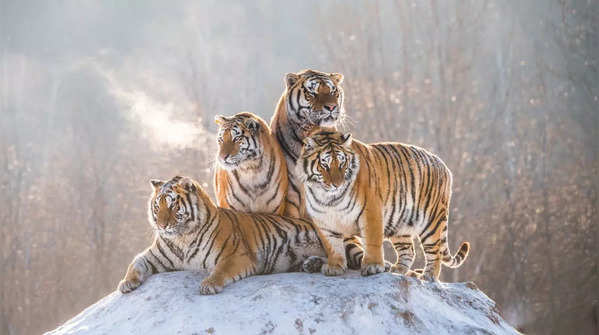
14/16
Tigers
As apex predators, tigers help maintain balanced ecosystems by controlling populations of herbivores like deer and wild boar. Healthy tiger populations are indicators of healthy ecosystems. Protecting tigers leads to the preservation of large forested areas, which in turn supports biodiversity and carbon storage.

15/16
The crucial role of animals in healing Earth
The interconnectedness of our ecosystems is profoundly influenced by the vital roles played by various animals. From the apex predators like wolves and sharks that maintain balance in their environments to the diligent pollinators such as bees and bats that ensure plant reproduction, each species contributes uniquely to the health of our planet. By fostering biodiversity and supporting ecological processes, these animals not only sustain their habitats but also promote resilience against environmental changes. Recognizing and protecting these essential creatures is imperative for maintaining the delicate balance of life on Earth.
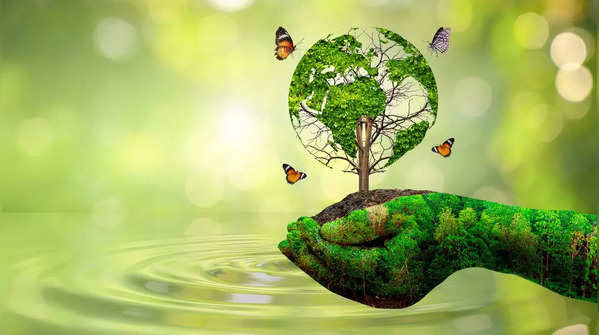
16/16
A call for conservation
Understanding the importance of these animals not only highlights their value but also underscores the need for conservation efforts. Protecting animals and their habitats is essential for sustaining the intricate ecosystems upon which we all depend. By safeguarding their roles in nature, we can ensure a healthier planet for future generations.
FOLLOW US ON SOCIAL MEDIA
Visual Stories
Photostories
Latest IND

